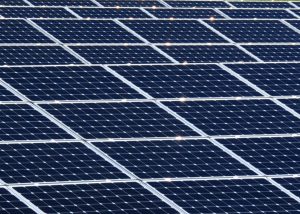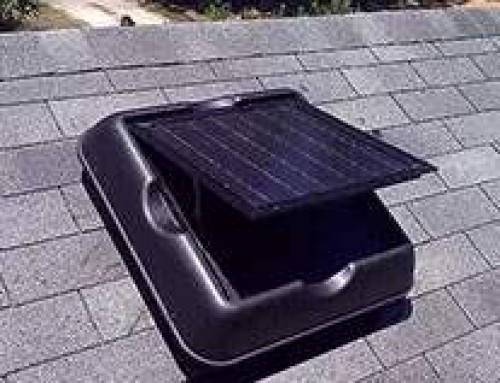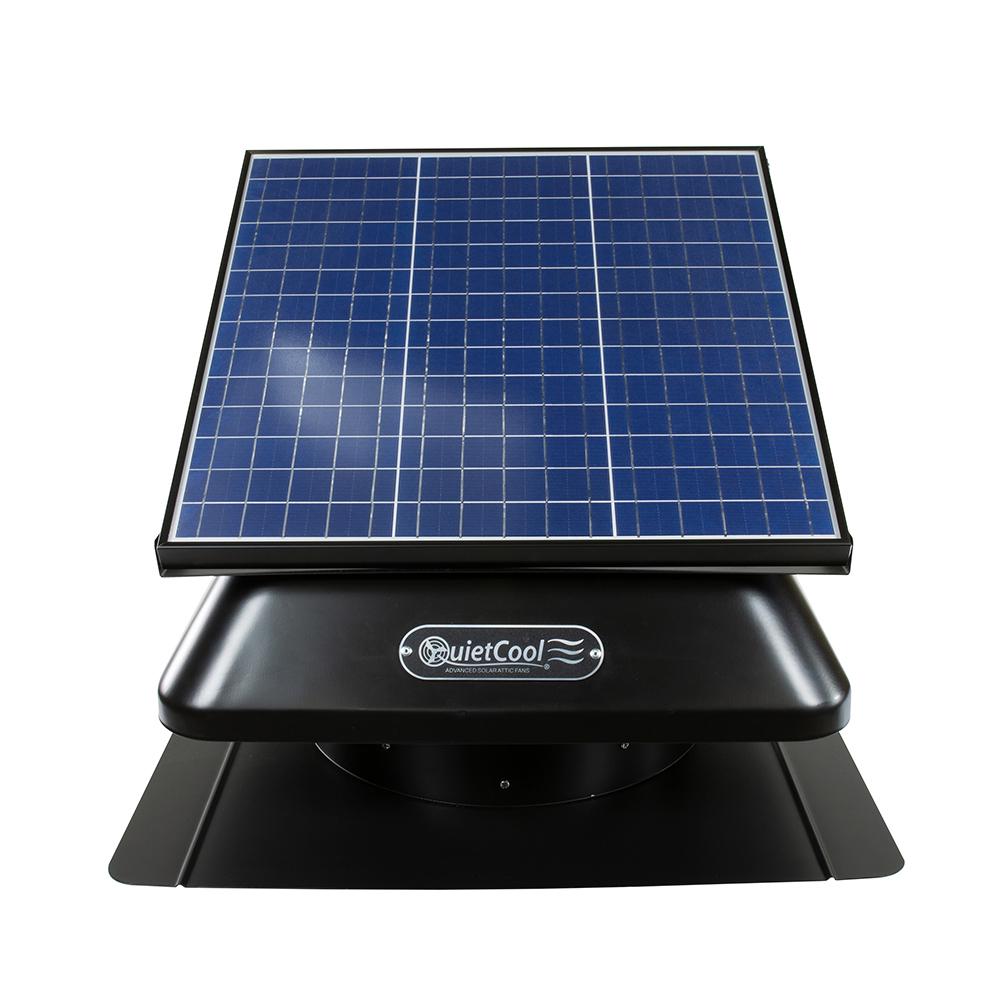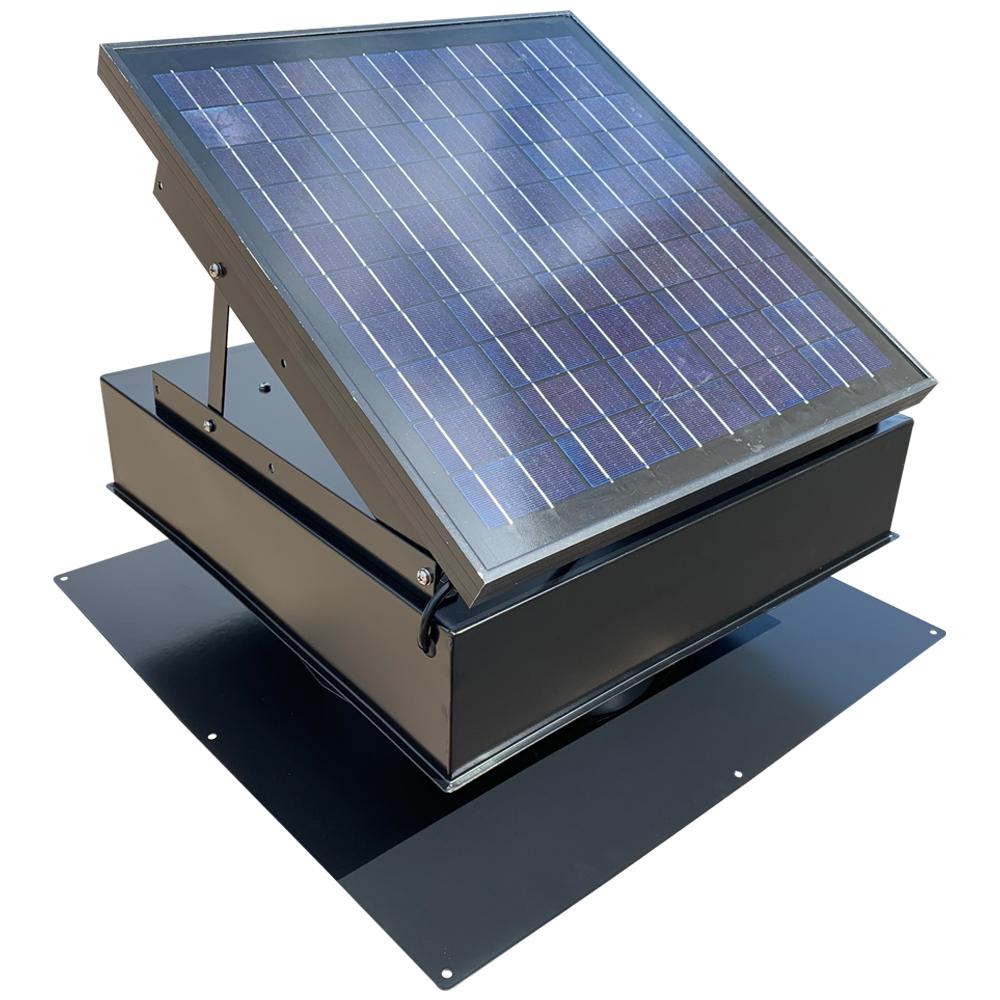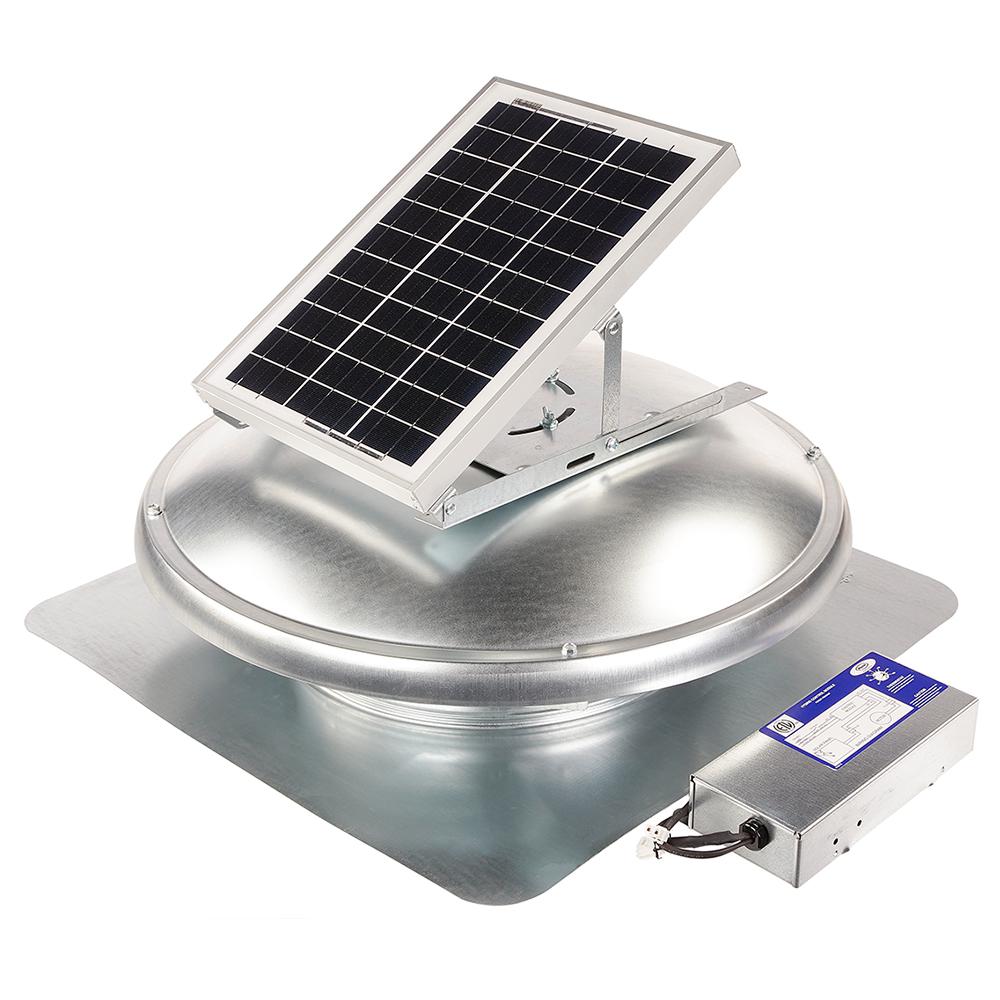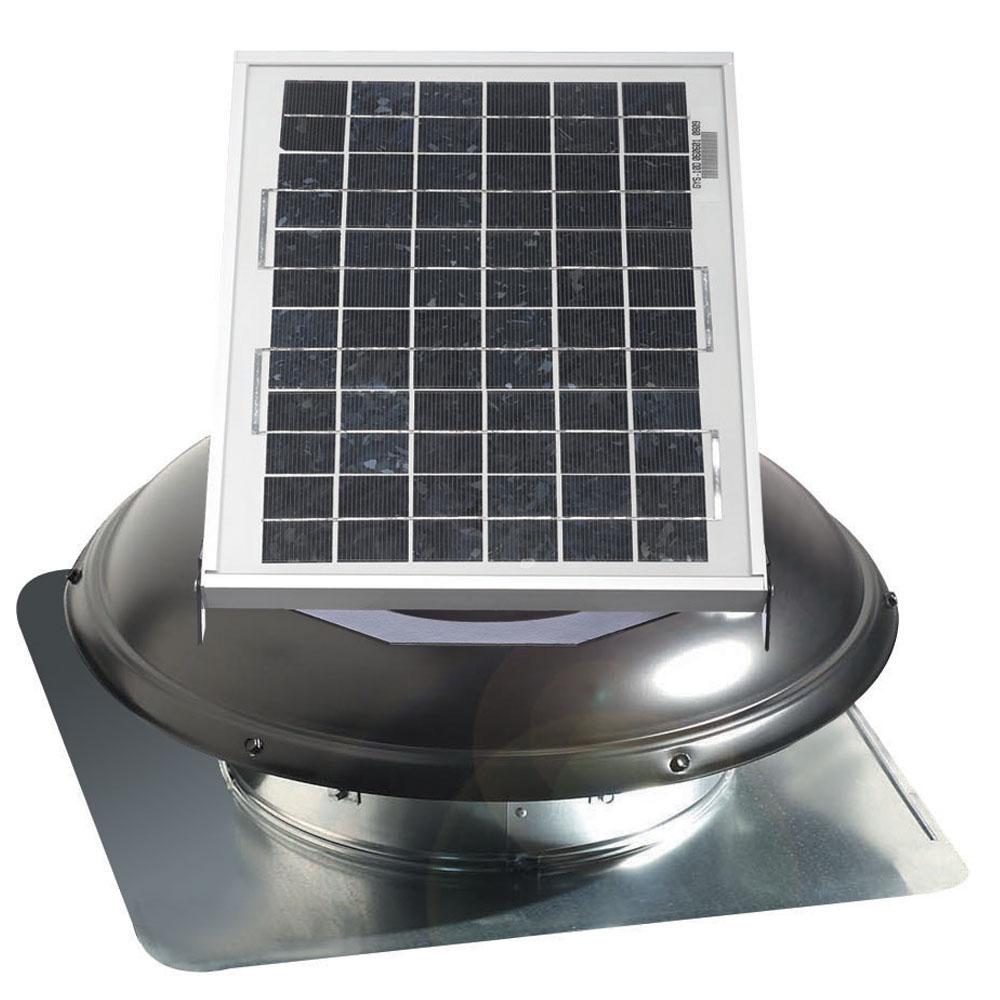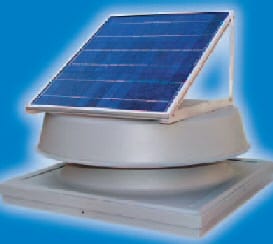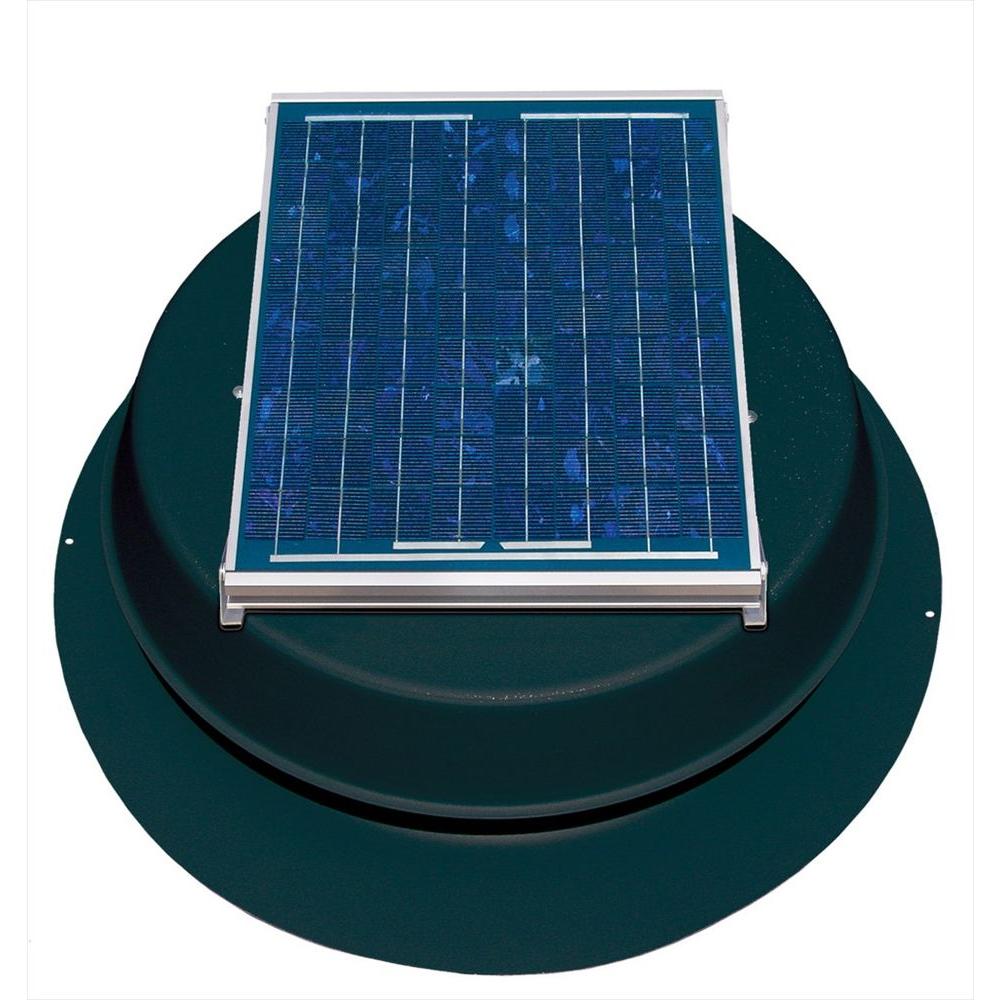How Do Solar Panels Affect Roof Attic Temperature

We were happy with the money saved on our electric bill but when we developed a roof leak not caused by the panels we called to have the leak checked so see if it was from the installation and was told in september of 2018 that they would not be able to get out here until after the first of the year.
How do solar panels affect roof attic temperature. Florida solar energy center conducted a study on radiant barrier and shingle temperatures and found that the roof increased in temperature by only about 5 degrees at the hottest point of the day when the heat was entering and exiting the roof simultaneously. That will also keep the panels happy. If the panels block access to roof drains so they can t be cleaned ponding water can result. This is not significant enough to cause any damage to shingles.
Also venting the attic and using a thermal barrier near the top inside of the roof frame can lower temperatures inside a home. Panels installed on a moderate slope can become dislodged by a buildup of ice and snow. Residential solar panels generally have an efficiency between 16 20. George n alford september 1 2020 at 2 14 pm.
The difference in total power output throughout the year can be significant. The color of the shingles you choose for your build can have a significant impact on the building s energy efficiency. To prevent this mount ballasted systems on a pad to protect the roof membrane from possible damage from the solar panel frame. Solar panels will keep your roof cooler.
There are four mechanisms by which they do this. How do solar panels keep your roof cool. I would never recommend tesla s solar panels. The researchers found that solar panels can lower a roof s temperature by 5 degrees fahrenheit or about 3 degrees celsius.
The best option is to get solar panels with temperature coefficient as close to zero as possible. Installing solar panels will block this sunlight from hitting your roof thereby preventing heat from entering your house. Solar panels turn solar energy into electricity. Attic temperatures can vary as much as 20 to 40 degrees f which in turn can reduce energy consumption by 20.
To make sure the heat the panels absorb does not go into your attic you need to make sure there is enough air circulation between the panels and the roof surface. According to estimates the temperature difference between the ground mounted and roof attached solar panels in the same location can make up to 10 c 50 f. Believe it or not warmer temperatures actually have an adverse effect on the production of solar panels. This can significantly reduce cooling costs over the life of the solar panels.



